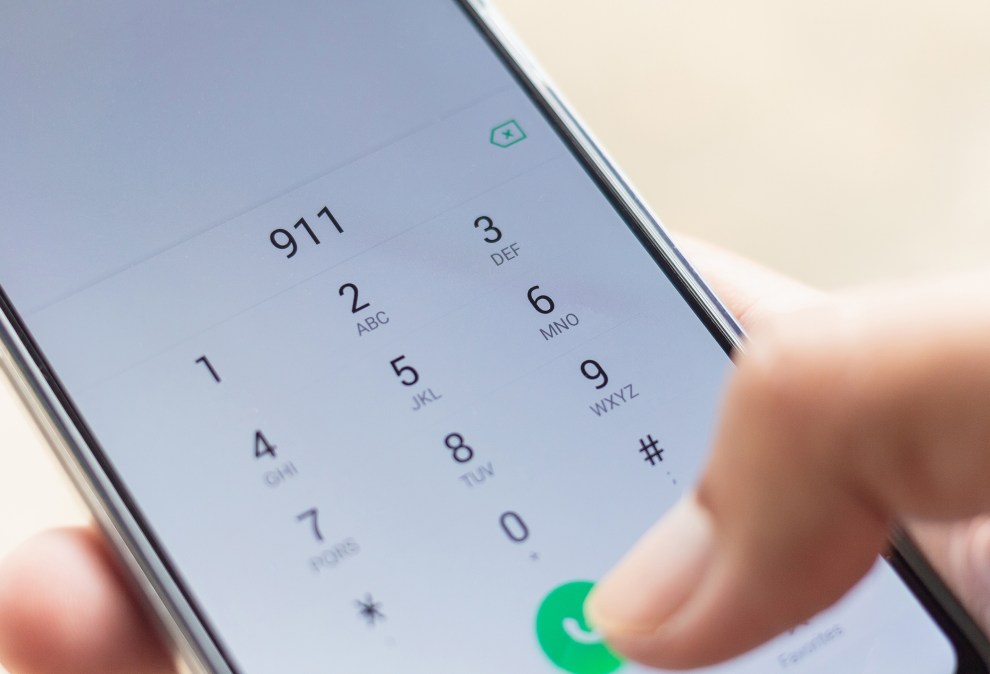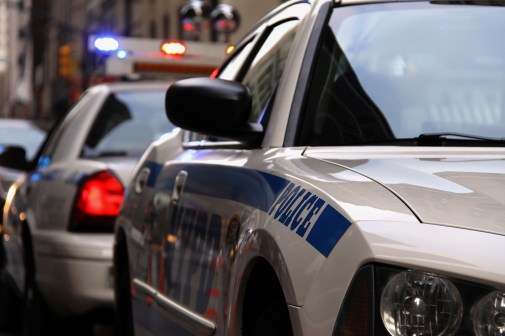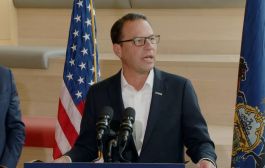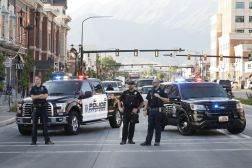Utah’s new 911 call-routing system reduced misrouted calls by half

The Utah Communications Authority said its new, next-generation 911 system has cut down the number of misrouted calls by half during the first quarter of this year compared to the same period in 2022.
The NG911 system, which launched last August using Motorola Solutions’ 9-1-1 Next Generation Core Services, routes calls based on a caller’s actual location, an upgrade over the previous system, which relied on the location of whichever cell tower a caller was connected to.
This often directed emergency calls to public safety answering points outside a caller’s area, requiring a transfer to the correct PSAP, which, according to a study cited by the Federal Communications Commission, could add an average of 40 seconds or more in wait time to each emergency. Utah’s NG911 system now uses the wireless caller’s specific location to deliver the call to the correct PSAP with the authority to deploy local resources, Tina Mathieu, deputy director of the Utah Communications Authority, told StateScoop.
“If it’s a fire or a medical emergency, you’re risking having a fire fully engulf before the fire department gets there because we don’t want a delayed response to someone dying or a suspect getting away or something like that,” Mathieu said. “And so that’s why it’s so important work to go to the right location, and be routed by location, like Motorola is doing for us now, which is just incredible.”
In addition to cutting misrouted calls by half, the authority also shaved 37.4 hours from its total emergency response time during the first three months of this year, Mathieu said. Utah’s 29 public safety answer points receive an average of 86,450 calls each month, she said, making the system’s interoperability is one of its most valuable benefits.
“Everyone being on the same phone system provides a huge amount of interoperability,” she said. “So any 911 dispatcher from any PSAP in the state can walk into any other PSAP in the state, log in as themselves with their credentials from their own PSAP, and then the calls for their PSAP route to them.”
Mathieu said the Utah Communications Authority’s next step is to lay the foundation for policy-based routing. That would predetermine call-sharing functions and allow PSAPs that have a greater call volume — resulting from events such as natural disasters or building evacuations — to offload some of their calls onto other call centers that have the capacity to assist.






